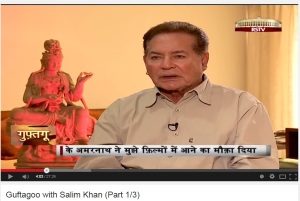“Remembering our dad today, on his 100th Birth Anniversary”
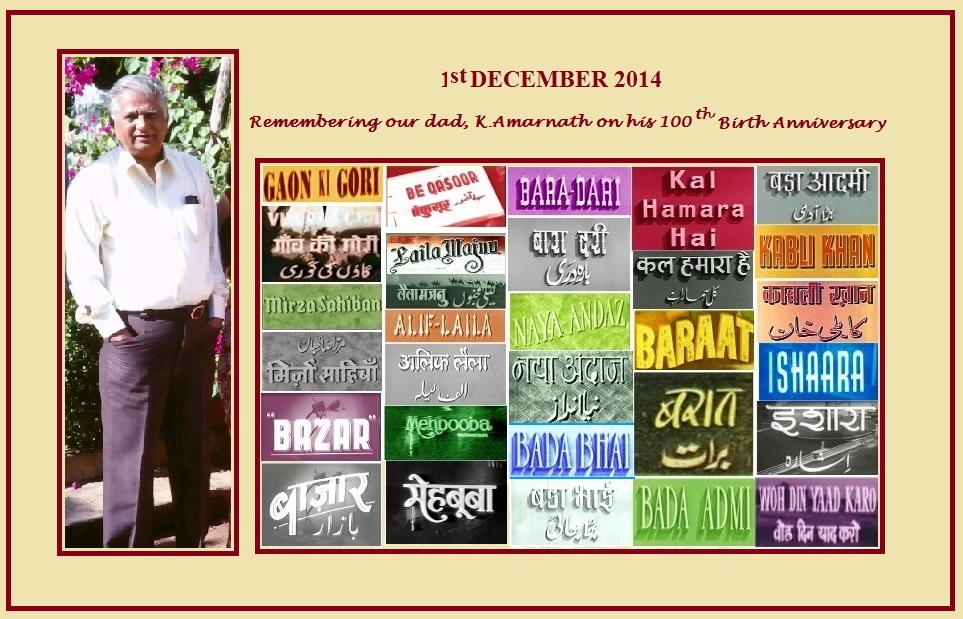
![]()
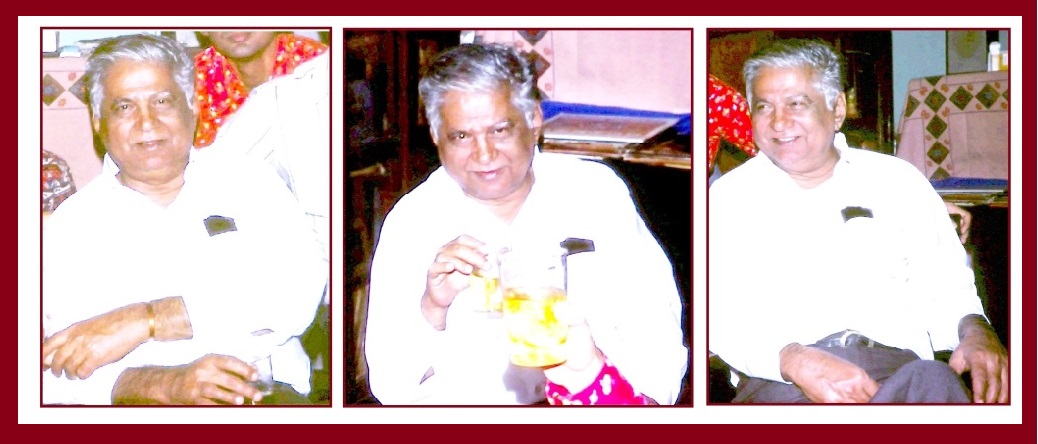

![]()

![]()
*********
“Wikipedia article contributed by me, Manju, in honor of our dad, K.Amarnath on his 100th Birth Anniversary
&
Dedicated to the memory of our dear brother, Satish Amarnath”
*********

https://en.wikipedia.org/wiki/K._Amarnath
![]()
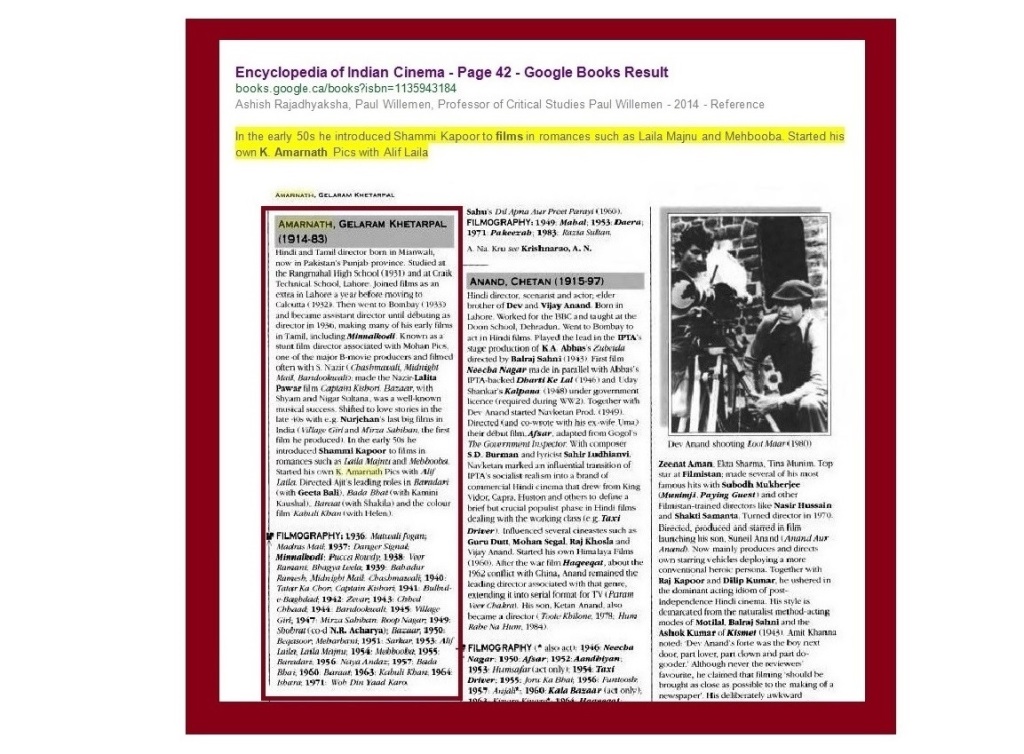
![]()
K. Amarnath Movie Songs: Links & Excerpts from Articles as discussed in
the Amazing Website : “Atul’s Bollywood Song a Day-with full lyrics”
http://atulsongaday.me/
“This blog (atulsongaday.me) discusses Bollywood songs of yesteryears. Every song has a brief description, followed by a video link, and complete lyrics of the song.
This is a labour of love, where “new” songs are added every day, and that has been the case for more than six years.
This blog has over 105000 songs by now.”

![]()
Sarkaar – 1951
Kyun hamse milaayi najariya
http://atulsongaday.me/2014/07/09/kyun-hamse-milaayi-najariya/
Posted by: Atul on: July 9, 2014
This article is written by Sudhir…
………….this song has been requested by another friend, Manju Das, some time back. Regular readers will recall that Manju Das had commented on some songs on this blog recently. Manju ji is the daughter of K Amarnath, the famous director of Hindi films, whose career has spanned more than four decades in the industry. He is the director behind such notable films as ‘Zevar’ (1942), ‘Gaon Ki Gori’ (1945), ‘Roop Nagar’ (1947), ‘Bazaar’ (1949), ‘Laila Majnu’ (1953), ‘Baara Dari’ (1955), ‘Naya Andaz’ (1956), ‘Kabli Khan’ (1963), ‘Ishara’ (1964) etc. …….
She has created a web page in the honor of her father, and has provided links for many songs from his films. As we discussed, it turns out that some songs are missing from her collection and they are not available on YouTube yet. So I offered to upload these songs for her……..
This is the first of the songs to be uploaded, in response to her request. The film is ‘Sarkaar’ from 1951. It is directed by K Amarnath. The lead pair in this film are Ajit and Usha Kiran. The nine songs of this film are written by Qamar Jalalabadi and Mulkhraj Bhakri. This song is from the pen of Qamar Sb. The music is composed by Pt. Gobind Ram……..
The song is in the voice of Shamshad Begum. A very simply worded song, it tells of the complaints that a beloved is making to her lover. Her grievance is that the gentleman has made promises just in the glances from the eyes, but his heart is taken up by other interests. A very charming song to listen to. I am sure you will enjoy it.
Song-Kyun hamse milaayi najariya (Sarkaar)(1951)
Singer-Shamshad Begam,
Lyrics-Qamar Jalalabadi, MD-Pt Govindram
![]()
Sarkaar – 1951
Ye jaadoogarni aayi hai desh bangaal se
Posted on: August 14, 2014
http://atulsongaday.me/2014/08/14/ye-jaadoogarni-aayi-hai-desh-bangaal-se/
This article is written by Sudhir, a fellow enthusiast of Hindi movie music and a contributor to this blog.
This post is upon request from Manju ji, the daughter of the famous film director, Shri K Amarnath. She is compiling a collection of the films produced and / or directed by her father, and also the songs contained in this films. Shri Amarnath’s career as a director started in 1936, and much of his earlier films are not traceable as of now. When we communicated via this blog, Manju ji indicated that she is continuing to search for such films and songs.
Today, I am uploading another song from the film ‘Sarkaar’ from 1951, one of the pictures directed by him. The film is produced by Ramneeklal Shah under the banner of Mohan Pictures. Music is by Pt Gobind Ram and the lyrics are written by Qamar Jalalabadi. The singing voices are those of Shamshad Begum and Satish Batra.
The song seems to be performed as one of the typical street performers, who used to make rounds of residential neighborhoods, and presented their art. Many years ago, such performers were a fixed part of the daily routine in streets and roadside. Small time magicians, acrobats, puppeteers, singing dancers (or dancing singers, if you prefer), baiscope-wallaas, snake charmers, sellers of herbal medicines, small time lottery-wallas, cardsharps, and of course the animal trainers, with either a pair of monkeys or a huge black bear. After returning home from school, and especially on holidays, the ears used to be waiting for the sounds from the street, like a dug-dugi or a drumbeat, or the been of the snake charmer, or the typical sharp whistling sound of puppeteer, that would announce their arrival. And then the eager dash to the windows, or down to the street, to mingle into the small crowd gathering around the performer. Ah, what wonderful joyful memories of those short performances, which would bewilder the tiny intelligences with wonder. One gets to see very little of such street performers nowadays. Especially the sleight of hand artists and illusionists, the one that is featured in this song – the ‘jaadugarni’ who has come from Bangaal.
A short note on one specific phrase used in this song. The ‘jaadugarni’ refers to ‘Koh Kaaf ke pede’. So we all know about ‘pede’, but some may not know what does ‘Koh Kaaf’ refer to. The phrase ‘Koh Kaaf’ or ‘Koh e Qaaf’, literally means the mountain of Kaaf. It is supposed to be a world beyond our own world, belonging to the space where various creatures of the imagination exist, possessing powers of magic and deception. The references to this fantasy world are present for more than a millennium in the Arabic, Persian and Urdu literature of the subcontinent and Central Asia. I remember this phrase from my childhood. It is part of the phraseology of the Hindi-Urdu-Punjabi speaking people who inhabit the north and northwest part of this sub continent. This phrase appears in some specific idioms and in the fairy tales for children. In the subcontinent and in the middle east, the location of this fairyland is indicated as further northwest, towards the region that is bordered by the Black Sea and the Caspian Sea. This area is in the Caucasus mountains. Possibly there is an etymological connection between the words ‘Koh e Qaaf’ and Caucasus. Qamar Sb has done well to bring in this connection to the world of fantasy and magic, into this song of the street-performing lady magician.
I request other knowledgeable readers to add more information about this film, and also about the picturization of this song.
Song-Ye jaadoogarni aayi hai desh bangaal se (Sarkaar)(1951)
Singers-Shamshad Begam, Satish Batra
Lyrics-Qamar Jalalabadi, MD-Pt Govindram
![]()
An amazing tribute to my father on atulsongaday.me by Sudhir ……an enthusiast of Hindi movie music…..
http://atulsongaday.me/2014/12/01/pee-kahaan-pee-kahaan-gaaye-jaa-baawre/
http://wp.me/phTr2-ku2
Pee Kahaan Pee Kahaan. . . Gaaye Jaa Baawre
Chhed Chhaad – 1943
Posted by: skapur01 on: December 1, 2014
While at school, he was nicknamed ‘Matinee Show’ by his classmates. And here is why. One or more times a week, he would play truant from his home. Climbing down from his first floor room, after he had been sent to bed, and the rest of the family was asleep or getting ready to sleep. He would make a beeline to a nearby cinema theatre, and watch the night shows of the films then currently showing. Sometimes it would also be films from Hollywood. The next day at school, he regaled his classmates with the stories of the films he saw. And not just simply the stories, he would play act some of the scenes to the delight of his friends. And so they nicknamed him ‘Matinee Show’.
This young boy went on to become one of leading producer-director in the Hindi film industry.
Remembering K. Amarnath on the anniversary of his birth today (1st December).
And it is really special, since today is the centennial celebration of his birth.
He was born this day in 1914, in the town of Mianwaali, which is now in Pakistan. The anecdote described above underlines the young Amarnath’s passion for acting and films. He dreamt of being on the big screen, emulating the likes of Wallace Beery, Douglas Fairbanks, Ronald Colman, Paul Muni, Rudolph Valentino, Spencer Tracy, Clark Gable and other big stars of the 1920’s and 1930’s. His desire for making his dreams true got an added impetus from a statement made by one of his teachers at school, Shri Parmaatma Singh. Speaking to the students one day in the class, Parmaatma Singh ji told the students that if they wanted to be successful make something big for themselves in their lives, they must explore the world outside this small town where they lived. Taking it to heart, the dream of going to the then famous centers of film production began taking shape in this heart.
He completed his schooling, and then went on to Lahore for a technical course at the Craik Technical School. Being in Lahore, which was the budding center of film production in North India, how could studies keep him away from the studios and film production companies. He would frequent these places and even got recruited to appear as an extra in some films. His mind finally made up, he returned home, and shared his decision to leave Mianwaali, and proceed to Calcutta, to capture and make big his dreams. With a treasure of seventy five rupees in his pocket, he boarded the train to Calcutta.
With his handsome looks and an attractive personality, his first trials were to become an actor on screen. A year’s struggle in Calcutta did not bear any fruits and he decided to head to Bombay. More years of struggle and odd jobs, and he acted in some films. Not in lead roles, but as a character actor thus far. Maybe, he was hoping for a big break to come his way soon. But destiny had something else written for him.
In 1936, he was given a chance to direct a film. The title is ‘Matwaali Jogan’, produced under the banner of Metro Movietone, Bombay. After this assignment, with one contact leading to another, and he got introduced to Mohanlal T Shah, and his nephew Ramniklal N Shah, of Mohan Studios, and started working there as an assistant director in 1936-37 time frame. One day, the regular director of a film in progress, did not come for the scheduled shooting. Ramniklal, being aware of young Amarnath’s background and passion, asked him to be the director for the day. Amarnath took on the task, went through the paperwork, completed the shooting plan for the day, completely managing the floor from the other side of the camera. His purposeful handling of the day’s work, his quick uptake of the content of that day’s scenes, his interactions with all the team members both in front and behind the camera, and his instructions for getting the things done for the day, so verily impressed the Shah brothers, that he got finally his big break – albeit not as an actor, but as a director. He was assigned the responsibility of being the director of the next film from Mohan Studios. With a slightly different shade of color, his dreams finally started getting fulfilled.
His destiny tied to Mohan Pictures, he got assigned further south, to Madras, the home of Tamil film production. From 1937 to 1939, he directed six Tamil films for Mohan Pictures – ‘Danger Signal’, ‘Pucca Rowdy’, ‘Minnalkodi’, and ‘Veer Ramani’ (all 1937); ‘Bhagya Leela’ in 1938 and ‘Jayakkodi’ in 1939 – quite a major accomplishment for a person who did not know Tamil to start with. Of these, ‘Minnalkodi’ and ‘Veer Ramani’ became quite successful at the box office in their time. And he was just 24 years of age when he directed the four Tamil films listed above in a single year (1937).
His success as a director, brought him back to Bombay to start working on mainstream films coming from Mohan Pictures. Starting with 1939, and on to 1942, he directed a string of seven films for Mohan Pictures, all of them stunt thrillers. Starting with ‘Midnight Mail’ in 1939 and up to ‘Zevar’ in 1942, the interim titles are ‘Bahadur Ramesh’ and ‘Chashmawaali’ in 1939, ‘Taatar Ka Chor’ and ‘Captain Kishori’ in 1940, and ‘Bulbul e Baghdad’ in 1941. He directed actors who were to go on and make a big name for themselves in later years – Lalita Pawar, Yakub, Jayant, S Nazir, Indu Rani, Vatsala Kumthekar, Jeevan, Hiralal, and more. By the time he was 26, he became the highest paid film director in the film industry.
Working as a director, he soon realized that the “director of a movie” was like the “captain of a ship”. It gave him more scope to utilize his talents in all aspects of movie-making. His versatility and creativity came to fore and he also wrote some of the stories and scenarios. Being a director gave him the chance to be involved in the entire pre-production, production and post production aspect of the movie – right from choosing the actors, music directors, lyricists, selecting shooting locations, giving visual details for indoor sets, choosing different genre-appropriate costumes – to coaching the actors, working with the make-up artists & lighting technicians, listening to the musical compositions and finally overseeing the editing of the movie. From inception to completion it was “his” movie – he loved it and took “great pride” in his achievement.
From there on, he turned an independent director, and worked with many banners. In 1953, he setup his own production company – K Amarnath Productions. Over a period of three and half decades, he directed, produced and directed and co-produced and directed 40 films – an accomplishment that tells of his energy and his prolific output. He has to his credit such hit films like ‘Gaon Ki Gori’ (1945), ’Mirza Sahiban’ (1947), ‘Bazaar’ (1949), ‘Laila Majnu’ (1953), ‘Bara Dari’ (1955), ‘Naya Andaz’ (1956), ‘Baraat’ (1960), ‘Bada Aadmi’ (1961), ‘Kabli Khan’ (1963) and ‘Ishara’ (1964).
He had a keen ear for music, and the above listed films boast of such fabulous hit songs like:
– “ Kis Tarah Bhoolega Dil Unka Khayaal Aaya Hua” (‘Gaon Ki Gori’, 1945)
– “Haath Seene Pe Jo Rakh Do Qarar Aa Jaye” (‘Mirza Sahiban’, 1947)
– “Sajan ki Galiyan Chhod Chale” (‘Bazaar’, 1949)
– “Bhor Suhaani Aayi” (‘Beqasoor’, 1950)
– “Chal Diya Kaarwaan, Lut Gaye Hum Yahaan” (‘Laila Majnu’, 1953)
– “Aasmaan Waale Teri Duniya Se Jee Ghabra Gaya” (‘Laila Majnu’, 1953)
– “Aa Ki Ab Aata Nahin Dil Ko Qaraar” (‘Mehbooba’, 1954)
– “Tasweer Banaata Hoon Tasweer Nahin Banti” (‘Baara Dari’, 1955)
– “Bhula Nahin Dena Ji Bhula Nahin Dena” (‘Bara Dari’, 1955)
– “Meri Neendon Mein Tum Mere Khwaabon Mein Tum” (‘Naya Andaz’, 1956)
– “Chori-Chori Dil Kaa Lagaana Buri Baat Hai” (‘Badaa Bhai’, 1957)
– “Muft Huye Badnaam Kisise Haaye Dil Ko Lagaa Ke” (‘Baaraat’, 1960)
– “Ankhiyan Sang Ankhiyaan Lagee Aaj” (‘Bada Aadmi’, 1961)
– “Chalo Jhoomte Sar Se Baandhe Kafan” (‘Kabli Khan’, 1963)
– “Dil Beqaraar Sa Hai” (‘Ishaara’, 1964)
– “Chal Mere Dil Lehra Ke Chal” (‘Ishaara’, 1964)
– “Mohabbat Ki Kahaaniya Sunaane Lagi Hain Jawaaniyaan” (‘Woh Din Yaad Karo”, 1971)
A life that was spent in pursuit of passion and a peerless legacy that he has left behind as heritage. Four decades, so many films, so much wonderful music, and so many careers – his creations and his helping hand, touching so many lives and so many minds. He passed away at 68 in May of 1983.
For this centenary celebration, I present this rare melody from ‘Chhed Chhaad’, a 1943 film he directed. This was most likely his first film as an independent director after his long stint with Mohan Pictures. The film is produced under the banner of Hind Pictures. There is limited information available for this film. The known cast of actors is listed in Geet Kosh as Sitara, Nazeer, Gope, Majid and Rajkumari. Music direction is by Mushtaq Hussain. The 10 songs listed for this film come from the pens of two songwriters – Tanveer and Rajjan. This song is written by Tanveer. The singing voice is that of GM Durrani.
Once again, a warm salute to the memory of this stalwart producer-director-showman of the Hindi film industry.
The memories – as always – are for keeping alive.
Listen and enjoy.
[Note: The above article uses adapted material from the main website here, created by Manju ji, in the honor of her father Shri K Amarnath, plus other internet resources.]
E&OE
Song – Pee Kahaan Pee Kahaan. . . Gaaye Jaa Baawre
Chhed Chhaad – 1943
Singer – GM Durrani
Lyrics – Tanveer, MD – Mushtaq Hussain
http://wp.me/phTr2-ku2
![]()
Comments by Madhu Sharma to Sudhir Kapur re the above post
Thank you so much for keeping your promise to write about my father on his 100th birth anniversary.
The living owe it to those who no longer can speak to tell their story for them.
“Though nothing can bring back the hour of splendour in the grass, of glory in the flower, we will grieve not;
rather find strength in what remains behind;…..” – William Wordsworth.
And what remains behind is a treasure trove of music, photos and information which people like you and (my sister) Manju Amarnath Das
have faithfully and lovingly collected over the years and shared with the world.
Thank you once again.
Madhu
*********
Reply from Sudhir Kapur
Thanks for your comments of appreciation.
I am glad that we feel the same way about preserving memories and the heritage, that have been bequeathed to us by great men like your father.
Regards
Sudhir
![]()

Very grateful to Nalin Shah, Hindustani Film Music Expert and Historian, Sudhir Kapur & Ranjan Sain
For this Wonderful Piece of Memorabilia
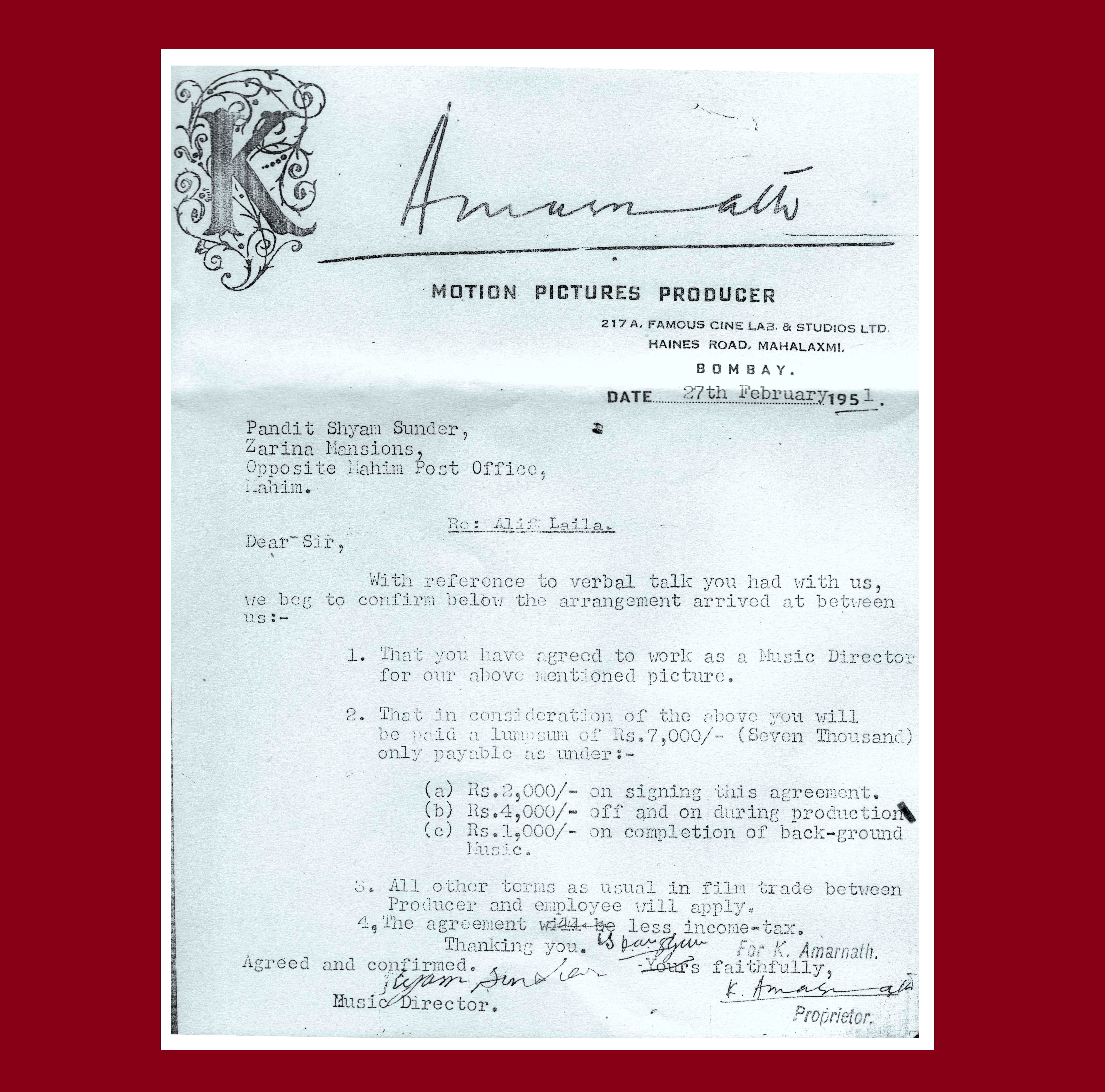
Shyam Sunder was the music director of 3 of the movies produced/directed by K.Amarnath
“Gaon Ki Gori” – “Bazar” – “Alif-Laila”
https://apnaarchive.wordpress.com/2012/10/29/shyam-sundar-a-genius-composer/
Shyam Sundar – A Genius Composer (by Dr. Sandeep Rai)
1945 : Then came ‘Village Girl or Gaaon ki Gori’in 1945, in which noorjehan sang as much as 6 solos, each one a gem. ‘kis tarah bhoolega dil, unka khyaal aaya hua’, ‘baithi hun teri yaad ka lekar ke sahaara’, ‘main kheton ka panchhi mere pankh niraale hain’, ‘yeh kaun hansa, yeh kisne sitaaron ko hansaaya’, ‘rut aayi suhaani hai’ and ‘sajan pardesi, balam pardesi’. All songs are penned by Vali Sahib and wonderfully composed by Shyam Sundar, showing his superb in depth knowledge of use of instruments. Noorjehan sang these songs with such a feel and depth that these songs became some of the most popular and memorable songs of Noorjehan’s career in india. ‘hindustan ki khatir hum jaan ladaa denge’ by Durrani and chorus and duet of Durrani-Mohd. Rafi – ‘aji dil ho kaabu mein to dildaar ki aisi taisi’ are also beautiful songs. Ameerbai sang two beautiful solos ‘bansi ki madhur dhun se’ and ‘saiyan salone se nain mila ke’ and 1 duet with Shanta Patel ‘o pardesi raaja, koyal kook rahi hai’………..
1949 : Shyam Sundar gave three films this year – ‘Bazaar’, ‘Chaar din’ and ‘Lahore’, all musically hit films. In ‘Bazaar’, all songs are written by Qamar Jalalabadi. Rafi’s solos ‘yeh hai duniya ka bazaar’, ‘shaheedo tumko mera salaam’, ‘o jaane waale chaand, zaraa muskura ke jaa’, ‘mere bhagwaan tu mujhko yun hi barbaad rehne de’ and ‘maang rahaa hai hindustan roti kapda aur makaan’ were instant hits and are popular till date. Lata’s solos ‘basaa lo apni nigaahon mein pyaar thoda sa’, ‘ae dil unko yaad na karna’ and ‘saajan ki galiyaan chhod chaley’ and her duets ‘apni nazar se door woh’ (with Mohd. Rafi) and ‘zaraa sun lo hum apne pyaar ka afsaana kehte hain’ (with Rajkumari) are also popular songs. Shamshad Begum sang one solo ‘pee aaye aakar chal bhi diye’ and one wonderful duet with Mohd. Rafi, Satish Batra and chorus ‘chhalla de ja nishaani teri meharbaani’. ……………………
1953 : ‘Alif Laila-1953’ was the last film with music of Shyam Sundar. All songs were penned by Sahir Ludhianvi in this film. Lata refused to sing songs for this film initially due to drinking habit of Shyam Sundar, but knowing his capability, insisted to sing for Shyam Sundar only, when producer tried to change the MD. She sang two solos – ‘bahaar aayi khili kaliyaan’and ‘tujkhko bhulaana mere bas mein nahin hai’ and two duets with Rafi – ‘kya raat suhaani hai’ and ‘khaamosh kyon hotaaro’. Asha sang for the first and last time for Shyam Sundar, singing two solos ‘dilon ke shikaar ko kataar leke aayi hun’and ‘raatein pyar ki beet jaayengi’. Talat Mahmood sang two beautiful solos – ‘mere naghmon mein un mastaana aankhon ki kahaani hai’ and ‘yeh babasi yeh mera haal-e-zaar dekh to le’. Due to death of md Shyam Sundarji in 1953, MD Madan Mohan ji completed composition of some songs of this last film of Shyam Sundar……………
![]()
Shyam Sundar signed Mohd. Rafi for a duet with G.M.Durrani in ‘Village Girl (Gaaon ki Gori)-1945’- ‘’aji dil pe ho kaabu to dildaar ki aisi taisi’’. Mohd. Rafi himself claimed this song to be his first song for Hindi films, ………
![]()
Memories of two of his compositions become alive, when in 1982, malika-e-tarannum Noorjehan visited India and a show was organised at Bombay in her honour. There Lata sang ‘saajan ki galiyaan chhod chaley’ (Bazaar-1949) on stage, followed by ‘baithi hun teri yaad ka lekar ke sahaara’ (Village girl/Gaaon ki gori-1945) by Noorjehan. These songs got a great applause from the audience.
![]()
![]()
![]()
![]()
Whether it is an article for a Newspaper, an interview for a TV show or even an Award Winning Function,
Salim Khan always remembers my dad, K.Amarnath for having introduced him to Bollywood.
SALIM KHAN – INTERVIEW ON GUFTAGOO @ 4:03 mts.
More lobby cards & posters of movies produced/directed by K.Amarnath @ OSIANAMA.com
http://osianama.com/mast-cpe-0006114?Cpge=112&Lpge=120&Npge=2
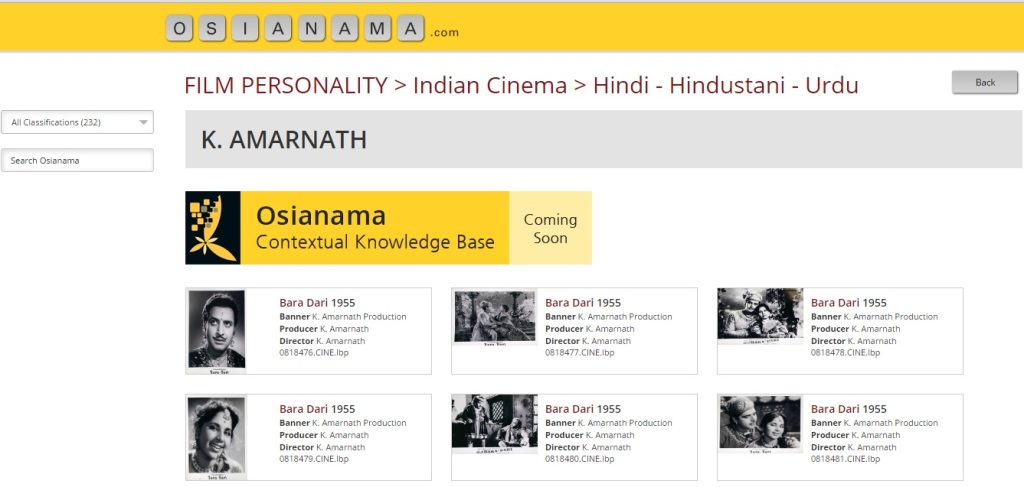
![]()
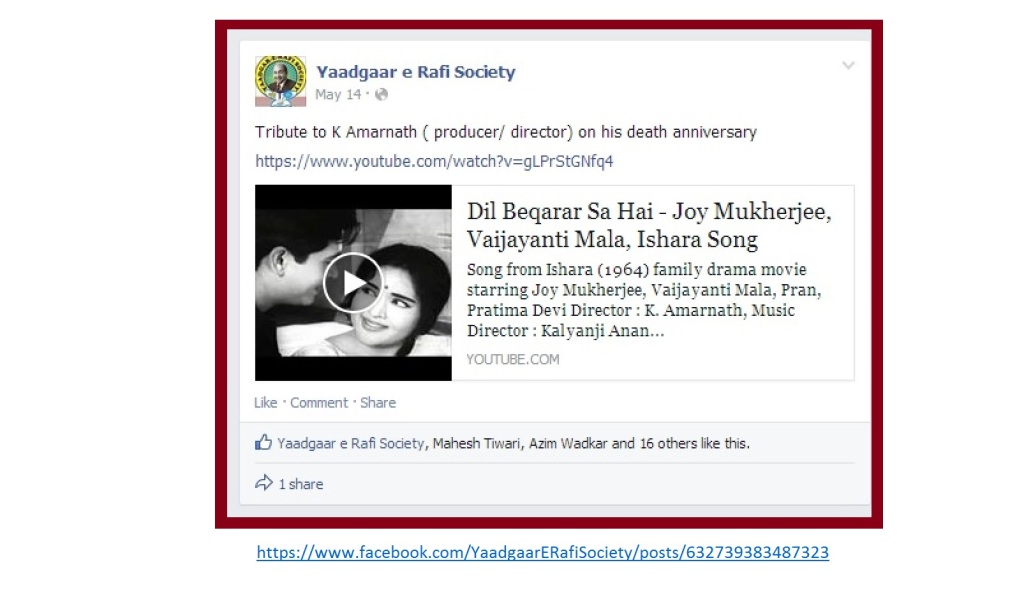
![]()
http://www.youtube.com/watch?v=gLPrStGNfq4
![]()
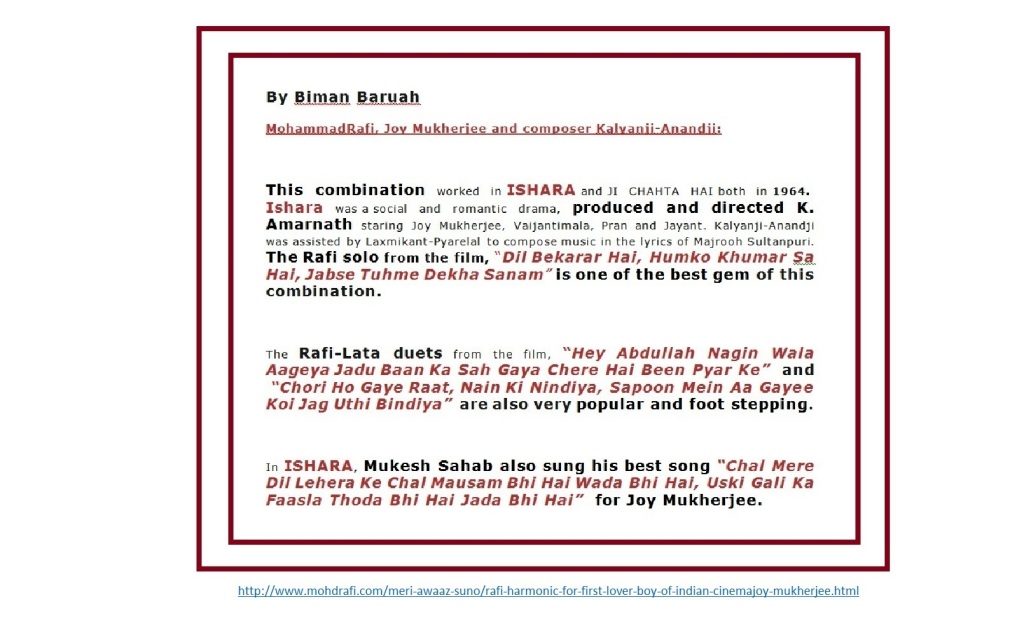
![]()

![]()

![]()
MENU |
BACK TO TOP |

